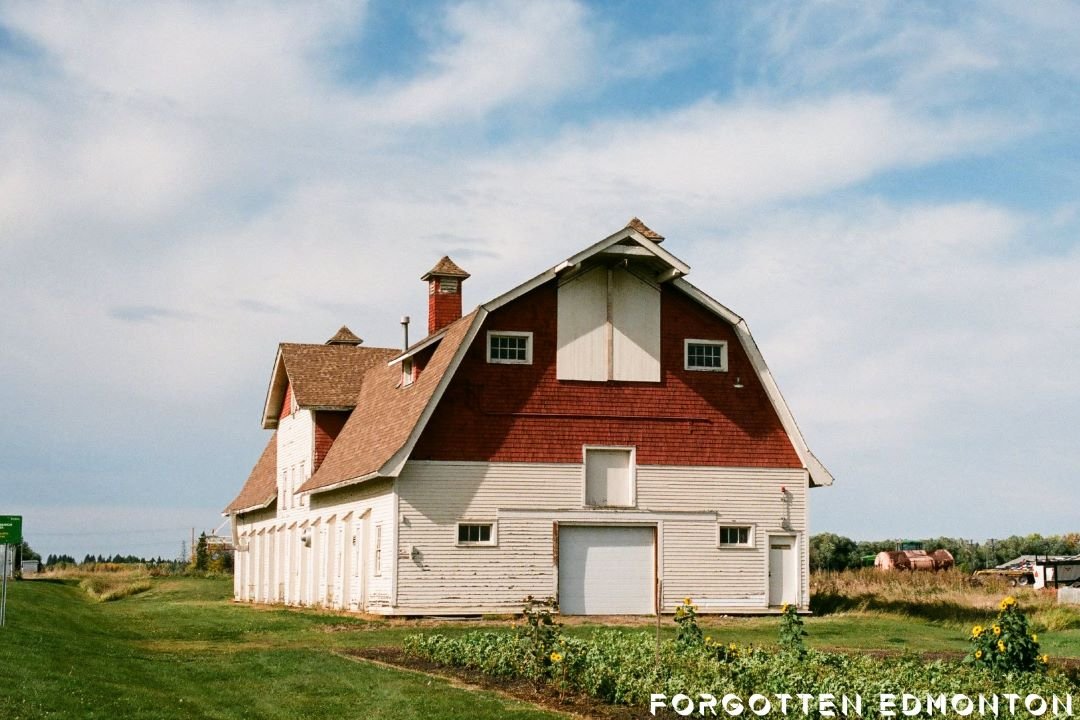Coyotes are resourceful animals that survive and thrive in cities
Gerald Romanchuk photo
The name coyote comes from Mexican Spanish, ultimately derived from the Aztec word cóyotl, meaning trickster. In the mythology of several indigenous North and Central American cultures, the coyote is regarded as a trickster figure. Its scientific name, Canis latrans, is Latin for barking dog.
Since the decline of the gray wolf, coyotes have played an important role as a top predator in Alberta, keeping in check the population of small mammals, such as jackrabbits. They are omnivores and will eat anything they can find, including hares, mice, squirrels, frogs, and carrion (dead meat). They also eat vegetation and wild berries when they are plentiful. A coyote can locate a prey hiding under the snow using its ears.
Coyotes communicate with each other through a variety of calls, including howls, yips, yelps, and barks. They call most often at dusk or at night but may call during the day. Coyotes will call most often in the spring and the fall, especially during mating season.
Coyotes live in packs, mated pairs, or alone. A coyote pack usually has up to six members and they may not stay together very long. A mated pair can stay together over several years, but not necessarily for life. Mated pairs raise litters in a den. https://www.ealt.ca/species-spotlight-list/coyote
Rocky Mountain Blazing Star a showy drought tolerant perennial wildflower
Liatris Ligulistylis or Rocky Mountain Blazing Star is a very showy plant that is a butterfly magnet and unsurpassed for attracting Monarch Butterflies. It is also attractive to bees and hummingbirds.
This drought tolerant perennial wildflower is generally 1-3 feet tall. It makes great cut flowers or in dried arrangements. It tends to bloom later in the season when other wildflowers are petering out.
Rocky Mountain Blazing Star is an excellent choice for a naturalized planting as it has good presence in the landscape and makes a great specimen plant for a sunny garden as it not aggressive or very seedy. https://www.wildaboutflowers.ca/plant_detail.php?Meadow-Blazing-Star-59
University of Alberta farm a key part of Edmonton’s heritage
University of Alberta president and co-founder Henry Marshall Tory was nothing if not a visionary. While he understood the traditional academic role his school would come to play in Albertan society, he also recognized its potential to improve the lives of those outside its educational boundaries. One area in particular caught his eye and Tory organized a Department of Agriculture in 1915.
University growth meant the Department needed another site, and in 1930, the Province pledged money for its relocation. Administration settled on a site 2.5km to the southwest on land already owned by the University. These holdings, purchased in 1920, were expanded another 240 acres to create a 379-acre farm on Edmonton’s urban edge. The Department moved to their new home in time for the 1930-31 academic year.
Of the original buildings, only the 1920 Horse Barn and 1930 Livestock Pavilion still stand. In July 2022, the 1930 Dairy Barn was unceremoniously destroyed by the university. Ironically, of these aged survivors, it was the one in best condition as volunteers, running a museum dedicated to farming history, kept it in good nick. https://www.forgottenedmonton.com/blog/the-university-farm
Letter Cloud by Julia Jamrozik and Coryn Kempster, Clareview Community Recreation Centre, Doyle C. Marko Photography https://www.edmontonarts.ca/public-art/letter-cloud
Comment or Contributions
Please note articles may not reflect the position of NSRVCS. River Valley News is meant to be a clearinghouse for the variety of opinions and ideas about Edmonton’s River Valley.
Email river valley photos, event information, comments, or questions to nsrivervalley@gmail.com
Forward this link to anyone you think may want to sign up for this newsletter https://www.edmontonrivervalley.org/newsletter-signup




